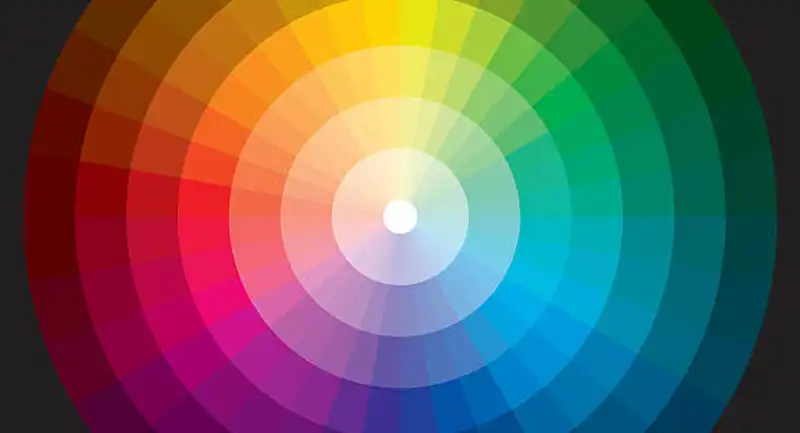
Which color do you most look like, among gray, green, blue or orange? Find out with the personality test!
Color theory contains numerous definitions, concepts, and design applications, enough to fill several encyclopedias. However, there are his three basic categories of color theory that make sense and are useful: color wheels, color harmonies, and the contexts in which colors are used.
Color Theory provides the logical structure of color. For example, if you have different types of fruits and vegetables, you can sort them by color and place them on circles that show how the colors correlate with each other.
THE COLOR WHEEL:
The color wheel based on red, yellow, and blue is an artistic tradition. Sir Isaac Newton developed the first pie color chart in 1666. Since then, scientists and artists have studied and designed many variations of the concept. Disagreement over whether one form is more valuable than another continues to cause controversy. In fact, there is a value in the color wheel or color wheel that represents a streamlined sequence of pure colors.
STUDYING THE RELATIONSHIP BETWEEN COLOR AND PERSONALITY:
In most cases, the color of an object obviously influences people's decisions. However, there is not much scientific evidence to support this. Many of the conclusions drawn from research are based on circumstantial evidence.
Although there is no solid scientific evidence to support the relationship between skin color and personality, there are some principles and phenomena that are universally accepted in the field of psychology.For example, there is a consensus that the colors people prefer are a reflection of their psychophysical and cognitive state to some extent.
Additionally, some psychologists interested in the topic have suggested that avoiding certain colors is generally not positive. On the contrary, they encourage us to incorporate a little bit of each color into our lives.

